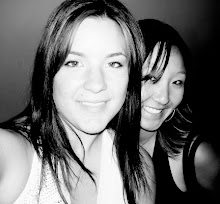I am still waiting for my new books (Auge) but until they show up I have been keeping busy with bus stops and some other reading. Today I started reading Norberg-Schulz's "The Phenomenon of Place" where he talks about place, dwelling, and phenomenology as it directly pertains to architecture. I am only a few pages into the reading but is much less challenging than Heidegger. He uses Heidegger as a strong resource so it is nice to have some interpretation of the readings I have been doing, as well as some insight on his other writings (which I think would illuminate quite a bit). I will be commenting on this reading soon.. I might have a chance to finish it tomorrow.
The bus observations have been very simple. . I am considering doing some gesture drawings of people as they create spaces to wait among. I took pictures one day but people got a little tense and I felt bad. . I am not sure if drawing would be less intrusive or not. I think it is pretty obvious when someone is drawing you. I guess I could always ask for their permission first but then I feel like they wouldn't be as natural. Maybe I can just be inconspicuous.
I hope Chicago is a blast!


That is a good reading for you. I am also very pleased with your description of your bus observations. It should be about the way people take ownership of the space around them. The gestures will be a VALUABLE resource. I would ask that all consuming question - and here it is - How do those methods of defining/owning/occupying space translate into architecture? That is the foundational question for you in this study. That is an act of dwelling, and it is also the physcal structure of dwelling (which is why I think the word "dwelling" is such a great word).
ReplyDeleteThis study is also going to be a great compliment to Auge. Auge is making the statement that the bus/terminal/etc. are all "non-places," where it seems that you are agreeing, but perhaps implying that people "dwelling" within these non-places reinvent them as something uniquely theirs by virtue of the particular ways in which they occupy the space. Very interesting with profound implications on the design of architecture. However, I would like to talk about this more after you have read Auge and perhaps come to some conclusions about this topic.
It would also be a benefit to you if you took these observations back to previous moments along your research trajectory, and applied them to the way people occupy tent, camp, store, garden, etc. How doe these methods of occupying space define dwelling? What influences do they have over the invention of a dwelling?
JE